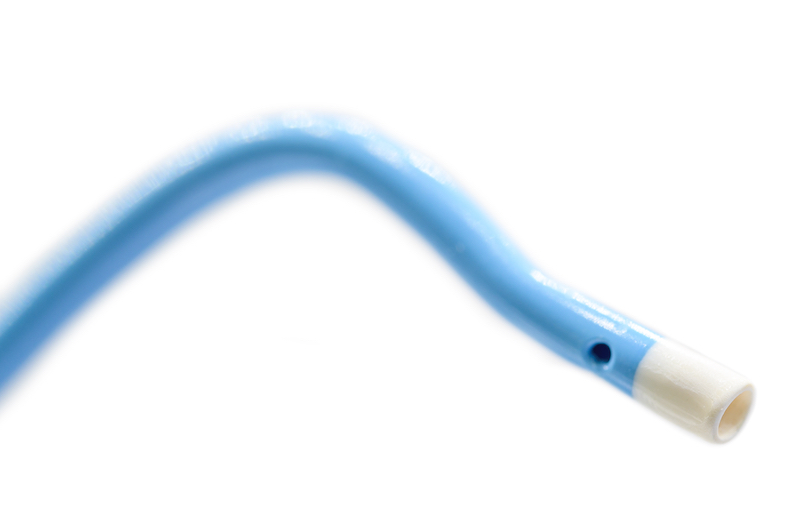Transcatheter aortic valve implantation (TAVI) was first introduced in 2002 by Cribier et.al. (1) as an alternative to inoperable patients with severe aortic stenosis (AS). Now, after two decades of advancements in device design and operational techniques, the use of TAVI has become widespread as its use was expanded to a wider range of patients. In Japan alone, the ratio of TAVI cases had a dramatic increase from 12.8% in 2014 to 49.8% in 2017. (2)
What is TAVI?
The aorta is the main artery that carries blood from the heart to the rest of the body. The aortic valve directs the blood flow from the heart to the aorta when the heart beats. In aortic stenosis, the valve does not fully open, limiting the amount of blood flow. Treatment depends on how severely narrowed the aortic valve is.

Open-heart surgery to repair or replace the valve was the standard treatment until recently when studies have shown TAVI to be as successful as surgery in treating AS. In TAVI, the replacement artificial valve is delivered via a catheter. Since TAVI requires only a minimal incision to insert the catheter into the heart, it does not have the risks associated with an open-heart surgery.
Still, there are challenges with the use of TAVI. One such difficulty is coronary artery cannulation after TAVI. The coronary arteries are the first arteries to branch out of the aorta, and as such, they are located close to the aortic valve. Unlike open-heart surgery where there is direct visual confirmation, positioning the artificial valve in TAVI is less precise so the artificial valve can overlap with the entrance to the coronary artery. This may cause difficulties in performing procedures like coronary angiography (CAG) or percutaneous coronary intervention (PCI) where a catheter needs to be positioned at the coronary artery entrance. In the recent Eurointervention expert review, Valvo et.al (3) outlined current data, guidelines and strategies regarding coronary access after TAVI. There are several factors like the patient’s anatomical features, valve type and design, and valve placement, that affect coronary access after TAVI. Some valve types are more likely to result in coronary engagement failure than others so technical strategy for performing CAG or PCI will be different depending on the valve used. For example, if self-expanding valve is used, a left radial access might be more preferable to the more common right radial approach. If balloon-expanding valve is used, catheter choice and technique might not need to be modified but there are rare cases that a downward-pointing catheter might be needed for engagement.
The use of TAVI is projected to grow even further over the next decade as the aging population increases. Further research is needed to improve the current device designs and procedural techniques to ensure optimal management for patients undergoing catheterization procedures.
References:
1. Cribier, A., Eltchaninoff, H., Bash, A., Borenstein, N., Tron, C., Bauer, F., Derumeaux, G., Anselme, F., Laborde, F., & Leon, M. B. (2002). Percutaneous Transcatheter Implantation of an Aortic Valve Prosthesis for Calcific Aortic Stenosis. Circulation, 106(24), 3006–3008. https://doi.org/10.1161/01.cir.0000047200.36165.b8
2. Kamon, T., Kaneko, H., Kiriyama, H., Itoh, H., Fujiu, K., Kumazawa, R., Morita, K., Michihata, N., Jo, T., Miura, M., Kodera, S., Uehara, M., Ando, J., Inoue, T., Kinoshita, O., Yamauchi, H., Mori, Y., Nakao, T., Daimon, M., . . . Komuro, I. (2020). Transcatheter Aortic Valve Implantation and Surgical Aortic Valve Replacement for Aortic Stenosis in Japan ― Analysis of a Nationwide Inpatient Database ―. Circulation Reports, 2(12), 753–758. https://doi.org/10.1253/circrep.cr-20-0116
3. Valvo, R., Costa, G., Tamburino, C., & Barbanti, M. (2021). Coronary artery cannulation after transcatheter aortic valve implantation. EuroIntervention, 17(10), 835–847. https://doi.org/10.4244/eij-d-21-00158

The slightly outward distal curve makes coaxial engagement easier and quicker. The tip does not point toward the arterial walls, lessening the risk of vessel injury.
More INFONot all products shown are approved for sale in all countries.
Please contact the regional Technowood representative for more information.